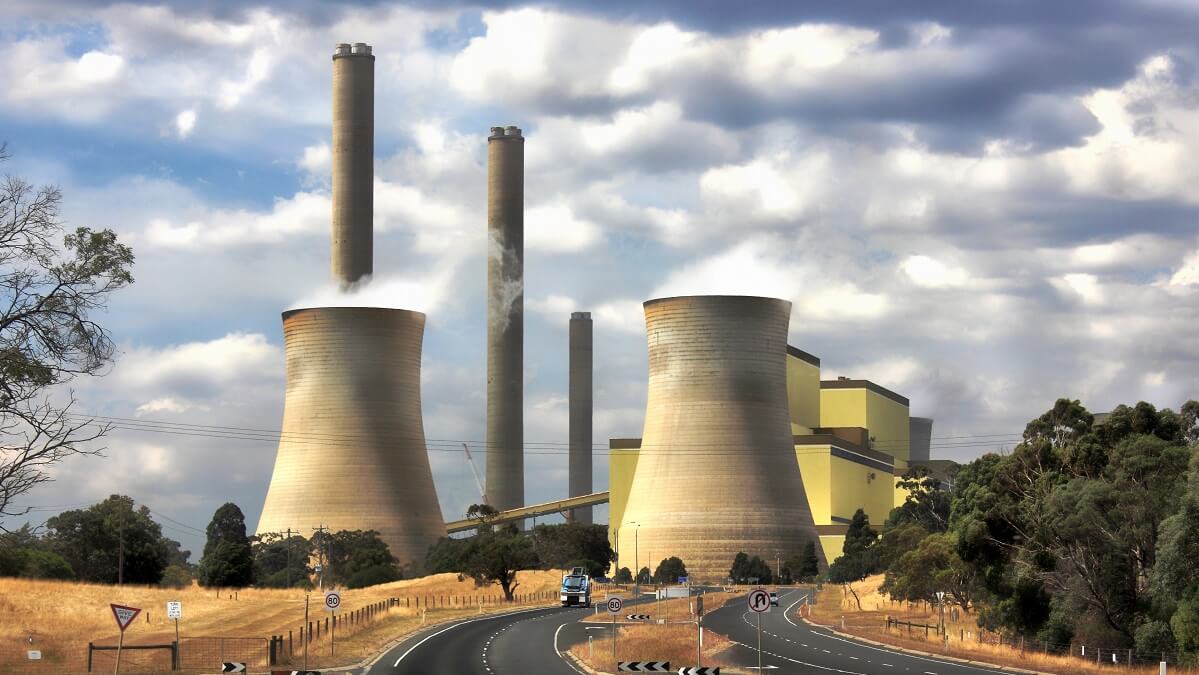One of Australia’s biggest energy companies has warned that retail electricity prices may increase by more than 35 per cent next year.
The projection is based on current forecasts and ongoing costs, and would place further pressure on households already struggling with the cost of living.
Alinta Energy chief executive Jeff Dimery told the Australian Financial Review‘s energy and climate summit that an up-front conversation needed to be had.
“When we run our modelling for energy pricing next year, using the current market prices, tariffs are going up a minimum 35 per cent,” Mr Dimery said.
“Now, maybe, the regulators are going to change the rules on that, I’m not sure.”
Russia’s invasion of Ukraine has increased energy costs across the world, but Mr Dimery also highlighted the cost of transitioning away from fossil fuels in Australia.
Alinta is planning to close its Loy Yang B coal-fired power station in Victoria, which produces 1000 megawatts of power, replacing it with offshore wind and pumped hydro.
“What cost me $1 billion to acquire is going to cost me $8 billion to replace, so let’s talk about that and [someone] explain to me how energy prices still come down,” Mr Dimery told the summit.
“I don’t get it. I am missing something.”
Australian consumers have already experienced big increases in electricity prices in recent years.
Joel Gibson from the consumer advocacy group One Big Switch has reported tariff increases from 43 per cent to 285 per cent as energy retailers respond to a surging wholesale market.
Mr Dimery said he was concerned about the amount of work that needed to be completed to ensure reliable renewable power while the nation transitions away from fossil fuels.
“If you look at all the development that has occurred up to this point – and what needs to happen between now and even 2030 – I get concerned,” Mr Dimery said.
“I get concerned about the $60 billion of development that is required in Queensland. I get concerned about the $20 billion AGL has flagged.”
Those concerns were shared by Energy Australia’s chief executive, Mark Collette.
“Looking back at the first part of the energy transition over the last 20 years, Australia did pretty well, with up to 30 per cent renewables [with] a couple of significant power station closures.
“That was the easy bit. Looking forward, the next bit is hard.”
 © 2020 Australian Broadcasting Corporation. All rights reserved.
© 2020 Australian Broadcasting Corporation. All rights reserved.
ABC Content Disclaimer


Between privatization and Thunbergism Australia has destroyed a viable energy industry. In common sense terms we are being directed to a system using about 400 distributed energy sources distant from the consumption hubs instead of about 40 coal -fired sources generally closer to the consumers. We have regressed from some of the cheapest distributed energy in the developed world to some of the dearest (pre Putin) energy. While green energy may be cheap at its source it is sporadic, unreliable and requires expensive transmission infrastructure to get it to consumers. Slowly but surely we are destroying something that works and replacing it with something inferior. Profit suckers will benefit from privatization and greenies will “feel good” but our economy, our dwindling manufacturing industry and our community will suffer. Trying to get any politician or “investigative journalist to consult factual analysis such as that of Australia’s Dr. John Nicol is a lost cause and demonstrates the self-indulgence of these members of our community. “